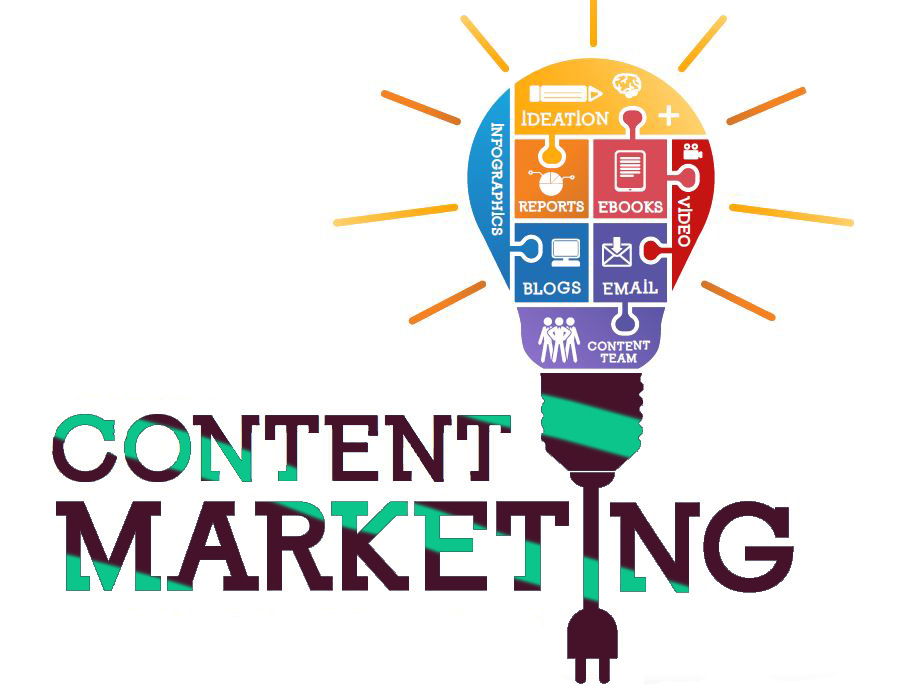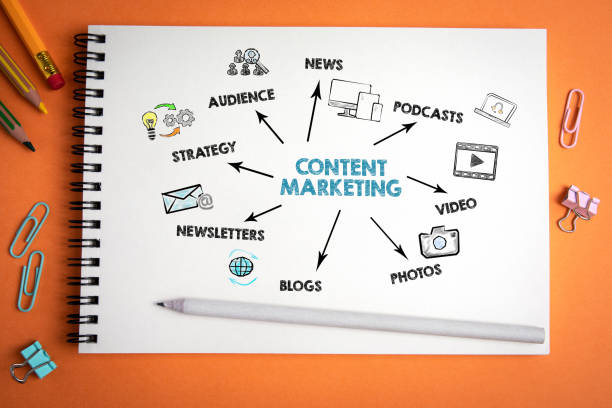Email Marketing segmentation is a powerful strategy for improving conversion rates. By dividing your audience into smaller, more targeted groups, you can send personalized content that resonates with them. One prime example of successful segmentation is Spotify’s Wrapped campaign, which goes viral every year. This campaign gathers user data, such as top songs and favorite artists, and sends personalized playlists to each user. This not only drives engagement but also encourages sharing, which is key to its success.
Segmentation works because it helps ensure that your emails are highly relevant to each subscriber. When you target people with content that matches their preferences or needs, the chances of them engaging and purchasing increase. However, developing an effective segmentation strategy can feel overwhelming, so we’ve put together 14 actionable tactics to help you get started.
Key Takeaways
- Email segmentation involves grouping subscribers based on preferences, behaviors, or demographics.
- Proper segmentation leads to better engagement, higher response rates, and improved deliverability.
- You can segment by factors such as location, buying behavior, age, lifestyle, and more.
- The goal of segmentation is to create personalized experiences for each group, increasing the likelihood of conversion.
What Is Email Marketing Segmentation?
Email segmentation means breaking down your email list into specific groups of subscribers who share certain characteristics, such as their preferences, interests, or past actions. By doing so, you can send targeted messages that are more likely to be opened, read, and acted upon. For example, Disney segments its Passholders by location and pass type to send tailored promotions, like special discounts or parking perks.
Benefits of Email Marketing Segmentation
- Higher Engagement: When you send relevant content, your subscribers are more likely to engage with your emails, whether that means opening them or clicking through to your website.
- Better Response Rates: Emails targeted to specific segments tend to perform better, with higher open and click-through rates.
- Improved Deliverability: By sending highly relevant content, you reduce the risk of your emails being marked as spam, improving your deliverability.
- Customer Loyalty: Personalizing your emails helps you build stronger relationships with customers, increasing the likelihood they’ll return.
- Increased ROI: Segmentation helps make your emails more efficient, maximizing the return on each campaign.
14 Effective Email Marketing Segmentation Tactics
- Demographics Segment based on demographic information such as age, gender, income, and occupation. For example, a clothing retailer might use gender-based segmentation to send relevant product recommendations to male and female subscribers.
- Survey/Quiz Results Use surveys or quizzes to gather data on your customers’ preferences, then segment based on their responses. A coffee shop might ask about favorite drinks or dietary preferences, and send personalized recommendations accordingly.
- Email Engagement Segment by engagement metrics like open rates and click-through rates. For instance, if someone clicks on a product link in an email, you can target them with follow-up emails featuring similar products.
- Location Geographic segmentation is useful for businesses with a broad customer base. You can send location-specific content, such as local promotions or events. For example, a store with multiple locations might send promotions to customers in different cities.
- Past Purchases Use past purchase data to send targeted product recommendations or reminders to buy again. If a customer purchases a camera, you can suggest related accessories like lenses or memory cards.
- Amount Spent Segment based on the amount a customer has spent. High-value customers can receive exclusive offers or VIP treatment, while budget-conscious shoppers might get deals on more affordable items.
- Position in the Sales Funnel Send different types of emails based on where the subscriber is in their buying journey. For example, new subscribers may receive an introduction to your brand, while more engaged subscribers could get targeted product offers.
- Website Behavior Track website behavior, such as pages visited or actions taken, to send personalized follow-up emails. For example, if a customer spends time browsing a specific product category, you can send them a targeted email with more information or a special offer.
- Time Since Last Purchase Segment based on how much time has passed since a customer last made a purchase. You could send re-engagement emails to customers who haven’t bought in a while, offering discounts or highlighting new arrivals.
- Personal Interests Use surveys or behavioral data to segment by personal interests, such as hobbies or content preferences. For example, if a customer frequently buys fitness-related products, you could send them emails about new workout gear or fitness tips.
- Abandoned Shopping Carts Follow up with customers who abandon their shopping carts by sending reminder emails. You could offer an incentive like free shipping or a small discount to encourage them to complete the purchase.
- Job Roles (B2B) In B2B marketing, segment by job roles, such as executives, managers, or department heads. This allows you to send tailored content that speaks directly to the specific needs of each group.
- Entry Point Segment by how customers first interacted with your brand, whether it was through an ad, a referral, or a website sign-up form. Tailor your messaging based on their initial interest or intent.
- Device Usage Segment based on the device used to view emails. You can optimize your email designs to be mobile-friendly or desktop-friendly, depending on which device your subscribers are using.
Conclusion
Email segmentation is a powerful tool for increasing conversions, even for smaller businesses. By analyzing your customer data and tailoring your emails to specific segments, you can create highly relevant, personalized content that engages your audience and drives results. Whether you segment based on demographics, purchase behavior, or engagement metrics, segmentation ensures your emails are optimized for each individual subscriber.
By using these tactics, you can start sending targeted emails that boost customer engagement and ultimately drive more sales.
Getting Started with GM Digital’s Email Marketing Solution
GM Digital’s email personalization and delivery platform offers a powerful, all-in-one solution designed to help marketers create, deliver, and track highly personalized email campaigns. Seamlessly integrated within the GM Digital ecosystem, this platform provides a robust set of features to elevate customer marketing efforts.
Marketers can take advantage of an advanced suite of tools, including a visual template editor, dynamic content that updates upon email open, true cross-client preview, personalization tags linked to any database field, conditional template customization, delivery validation and testing, multi-brand email management, real-time personalized campaigns, and automatic product recommendations, replenishment reminders, and transactional emails.
GM Digital’s platform leads the way in email personalization and hyper-targeting. By leveraging insights from your customer database, activity tracking, predictive analytics, and AI-driven recommendations, marketers can drastically improve email relevance. With the DynamicMail add-on, even emails opened long after being sent feature the most relevant products, offers, and content.
Beyond traditional email marketing, GM Digital’s solution also offers automatic product recommendation emails, replenishment reminders, and dynamic template content. With cutting-edge technology and dedicated deliverability support, you can ensure high deliverability rates without additional integrations or external services.
Getting started with GM Digital’s email marketing segmentation platform unlocks precision and effectiveness for your email campaigns. Learn more about how GM Digital’s solution can enhance your email segmentation strategy.



